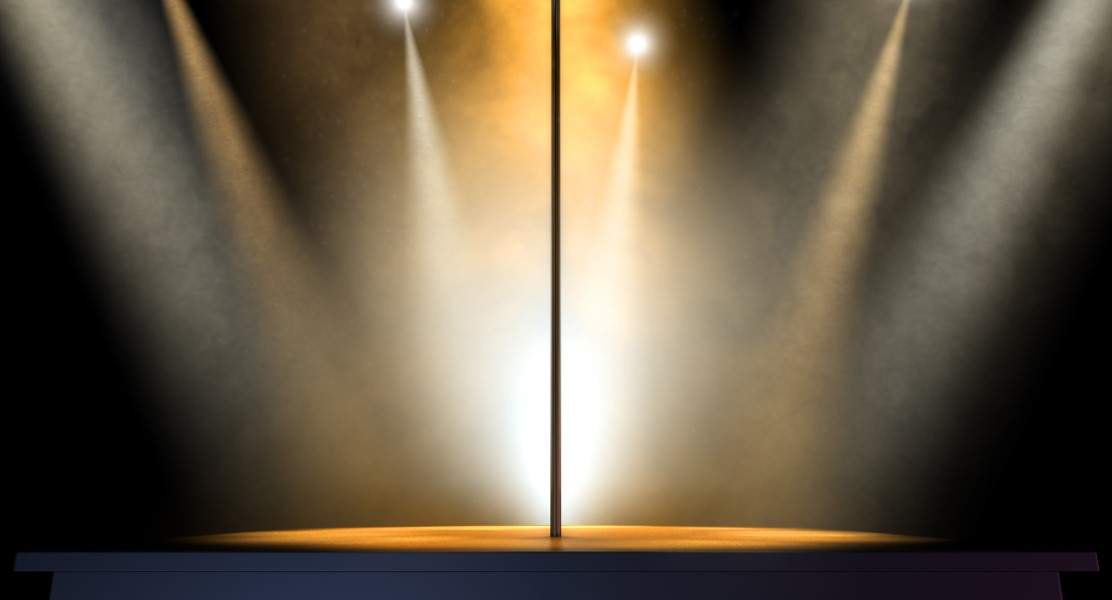Updated: December 8, 2023
Pole dancing has evolved from different cultures and traditions into today’s modern form of physical fitness, adult entertainment, and someday soon an Olympic sport. Pole dancing broke through the mainstream in the US in the early 2000s as a new way to get in shape.
The popularity helped people see the art form for what it was, a form of graceful, and strong self-expression. Pole dance fitness is one of the most popular exercise classes among both men and women and is one of the fastest-growing international sports in the world.
No longer exclusively for adult entertainment, pole dancing could very well be the next Olympic sport in 2028.
Origins of Pole Dancing
We often get asked the question, who invented pole dancing? Traditional pole dancing originates from two specific traditions, Chinese pole and Indian pole. Chinese pole dates back to the 12 century in which Chinese circus performers would use a pole approximately 9 meters high to perform acrobatic tricks.
The pole was coated with a rubber-like substance that allowed performers to adhere to the pole. The traditional Chinese pole was more rigid and featured static movements. Moves such as ‘the flag’ or moves in which the performer climbs the pole or slides down the pole in a fixed position were created.
Pole Mallakhamb literally translates to “wrestlers of the pole” and was originally a form of training for wrestlers. Indian pole used a wooden pole coated in oil to avoid friction.
Traditionally the wrestlers wore swimwear or yoga wear to use their skin to help grip the pole. This form of pole dancing traditionally features more fluid, acrobatic movements.
Modern Pole Dancing
Modern pole dancing combines modern dance moves from hip-hop, ballet, Jazz, and breakdancing in addition to the traditional moves seen in Chinese pole and Pole Mallakhamb.
Today’s poles are traditionally stainless steel and are affixed to a rotating axis. This allows the performer to rotate on the pole in a fixed position without having to lubricate the outside of the pole.
Aside from being found in adult entertainment clubs, pole dancing has quickly become one of the most popular exercise classes in the US.
Pole dancing competitions have also gained considerable popularity over the years and now has an international governing body, The International Pole Dance Fitness Association (IPDFA) was created to help promote pole dancing as a legitimate form of exercise and as a way to accredited trainers in pole dance fitness.
International Competition
The IPDFA holds a competition every year featuring the best pole dancing performers from around the world, the International Pole Championship.
Competitors must be registered with the IPDFA and earn qualification through regional qualifiers much in the same way many other international sports (such as gymnastics). Additionally, there is considerable effort both inside and outside the IPDFA to have pole dance fitness added as an Olympic sport.
Once pole dancing has been recognized by 40 Olympic federations, it can be considered for the Olympic competition. At its current rate of growth, Pole dancing can officially be considered for Olympic sport in 2024.
Where is the best place to see modern pole dancing?
Bucks Cabaret offers the absolute best professional pole dancers you’ll see today and everything you need for a full night of entertainment under one roof. Bucks always has fantastic food specials, drink specials, and discounted admission for the early birds every day!
Buck’s is open late and is sure to keep your group happy and entertained all night. Buck’s also has locations across the country, so you’re never too far from the nation’s best pole dancers.
Check out Buck’s website for our daily specials and seasonal events. With a different special every day, there’s never a wrong time to head over to Bucks.
Image Credit: Getty Images / allanswart


